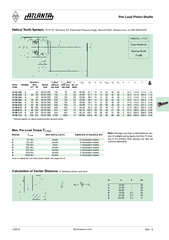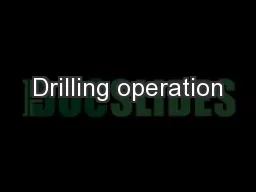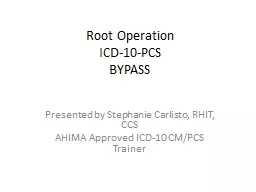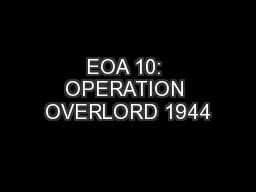PDF-Description of Operation
Author : mitsue-stanley | Published Date : 2015-09-24
GG 150 6 Preload pinion shafts consist of an output shaft a helical split pinion and a preload unit The split pinion is manufactured as a unit with an axial distance
Presentation Embed Code
Download Presentation
Download Presentation The PPT/PDF document "Description of Operation" is the property of its rightful owner. Permission is granted to download and print the materials on this website for personal, non-commercial use only, and to display it on your personal computer provided you do not modify the materials and that you retain all copyright notices contained in the materials. By downloading content from our website, you accept the terms of this agreement.
Description of Operation: Transcript
Download Rules Of Document
"Description of Operation"The content belongs to its owner. You may download and print it for personal use, without modification, and keep all copyright notices. By downloading, you agree to these terms.
Related Documents














